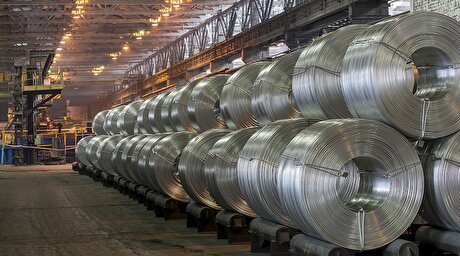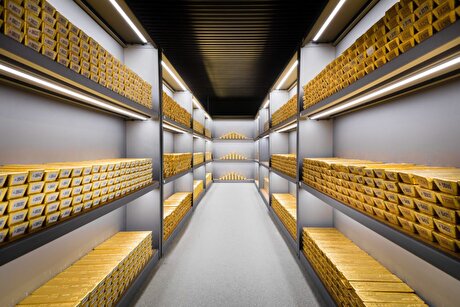
Log9 Materials bets on aluminium fuel cells, 1000 km range electric car battery
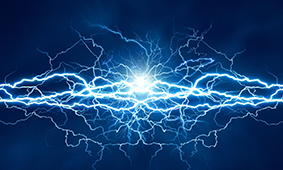
The contest is always about top speed or luxury when it came to premium cars with big price tags and it was about better mileage when it came to mass-market cars and there is still abundant focus on these subject matters, but clean mobility employs the centre stage of every car manufacturer's agenda today. Being from Hyundai to Porsche, they all have plug-in electric car models in their launch line up - even Ferrari developed hybrid cars of which the SF90 Stradale is a PHEV that can run on battery only as well.
Akshay Singhal, Founder, Log 9 Materials says “The path to 100% clean energy mobility can be much simpler and more economical with aluminium fuel cells than it is with any other technology like lithium-ion,”
The Mahindra e2o Plus seen dashing along the streets of Bengaluru and it runs on aluminium and water. This is the technology in question that challenges the EV industry to snap out of energy storage.
Aluminium fuel cells majorly use three components – aluminium, water, and carbon in the form of graphene. In layman’s word, there's water between layers of graphene, and when aluminium comes in contact with water, it corrodes - releasing energy. Singhal explains that procuring raw materials for aluminium fuel cells is much simpler than those for lithium-ion batteries which use lithium and cobalt. And hence, manufacturing cost can be considerably lower for aluminium fuel cells than lithium-ion battery packs.
The other major benefit of this technology is that the aluminium plates are exhaustive and at the end of their useful life; they turn into an oxidised powder than can be sweltered into aluminium plates again. Hence, that makes the spent fuel recyclable.
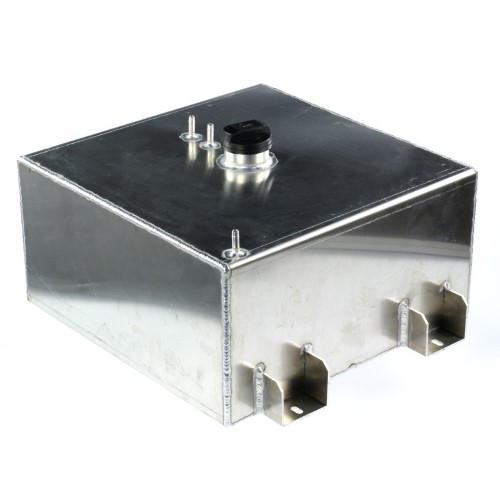

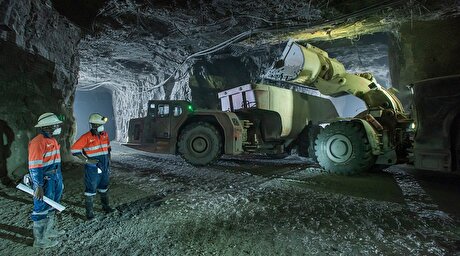
Mali to restart production at Barrick’s Loulo‑Gounkoto gold mine
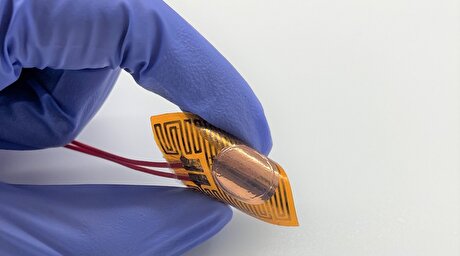
Copper price surges to highest since March record
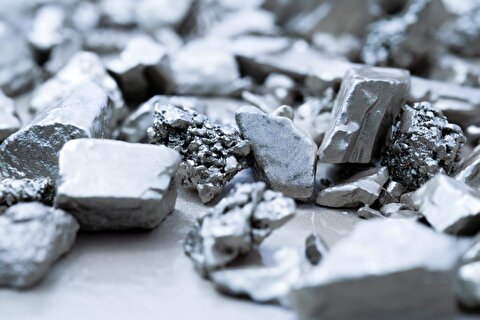
Platinum price surges to 11-year high on supply concerns
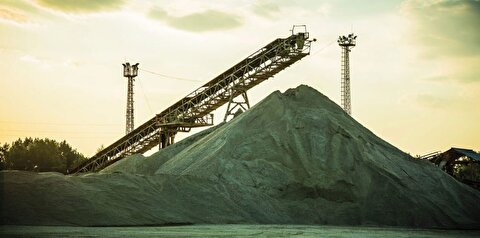
Energy Fuels’ rare earth JV in Australia receives regulatory OK
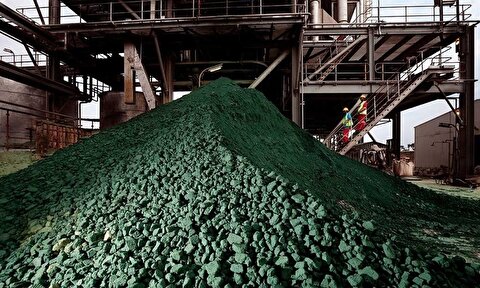
Cobalt price surges after Congo extends ban
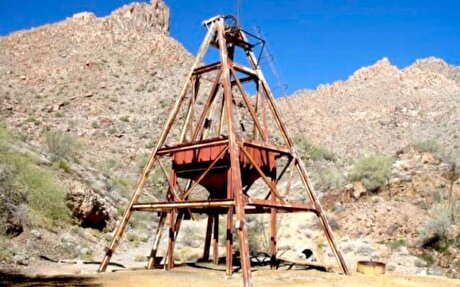
Central Asia Metals ups offer for New World Resources to fend off Kinterra

Gold price falls 2% on US-China trade agreement

Highland Copper gets local support for $50M grant to build Michigan mine
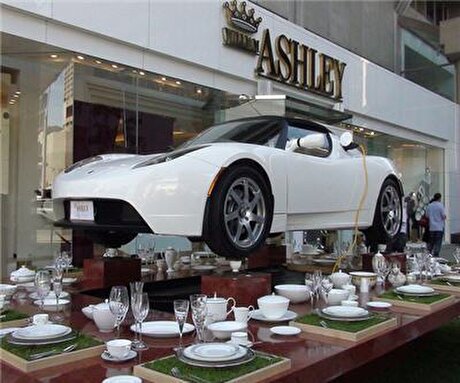
CHART: The brutal economics of EV battery lithium

Critical minerals to top Modi’s agenda in five-nation tour

Lupaka Gold skyrockets on arbitration win against Peru
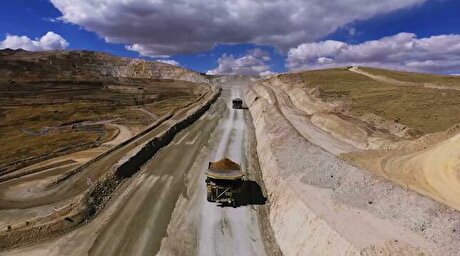
Peru copper transport disrupted as informal miners block roads

Highland Copper gets local support for $50M grant to build Michigan mine

Kinterra takes bidding war for NWR to takeover panel
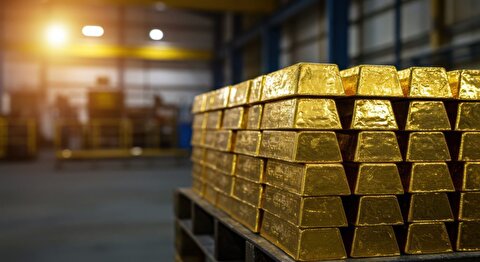
HSBC ups gold price outlook for 2025 and 2026
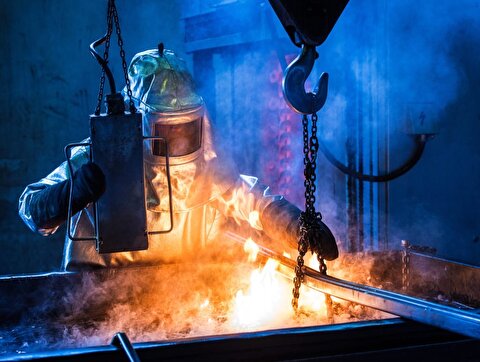
Copper price rises to three‑month high amid supply squeeze and trade optimism

Mineral smuggling from Congo to Rwanda at ‘unprecedented levels’, UN says
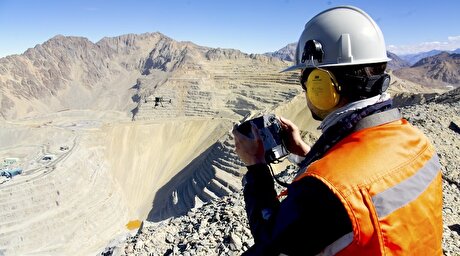
Chile cuts mining permitting times by up to 70%

B2Gold pours first gold at Nunavut’s Goose mine

Lupaka Gold skyrockets on arbitration win against Peru

Peru copper transport disrupted as informal miners block roads

Highland Copper gets local support for $50M grant to build Michigan mine

Kinterra takes bidding war for NWR to takeover panel

HSBC ups gold price outlook for 2025 and 2026

Copper price rises to three‑month high amid supply squeeze and trade optimism

Mineral smuggling from Congo to Rwanda at ‘unprecedented levels’, UN says

Chile cuts mining permitting times by up to 70%

B2Gold pours first gold at Nunavut’s Goose mine
